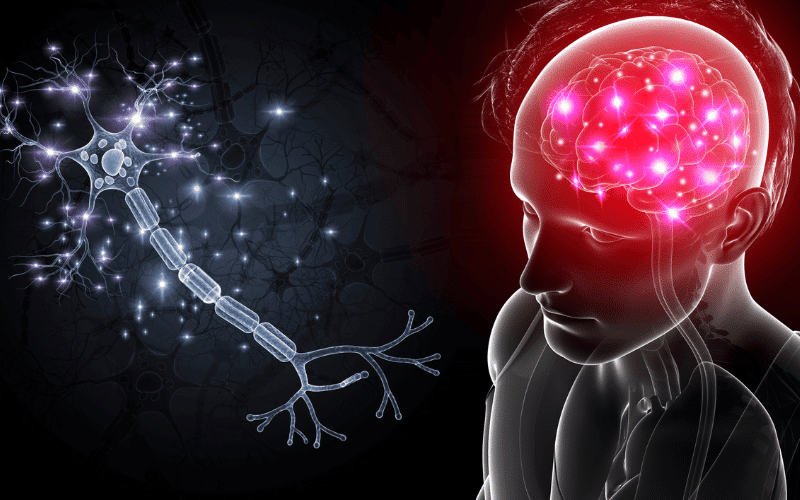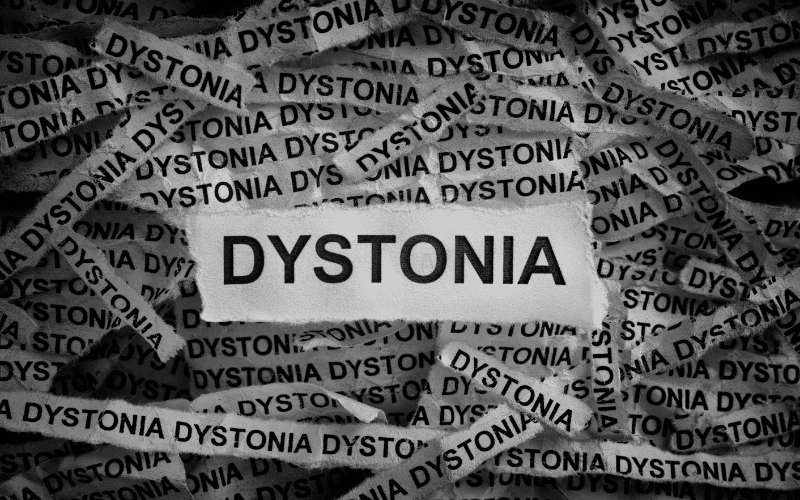Introduction: Decoding Pantothenate Kinase-Associated Neurodegeneration (PKAN)

Pantothenate Kinase-Associated Neurodegeneration (PKAN), formerly referred to as Hallervorden-Spatz Disease, is a complex neurological disorder. Rare yet significant, this condition warrants a closer look, particularly with regard to its array of symptoms. Our focus will be on understanding the top 10 symptoms linked with PKAN. This knowledge is crucial, as it allows for greater awareness and the possibility of timely diagnosis and treatment.
PKAN is a genetic disorder characterized by iron accumulation in certain areas of the brain, including the basal ganglia, a region responsible for various functions such as movement coordination and learning. This iron build-up leads to a spectrum of neurological symptoms that progress over time. While it is a rare disorder, understanding its symptoms is essential in recognizing and managing this disease.
Before diving into the specific symptoms, it’s worth noting that PKAN falls under a group of disorders known as neurodegeneration with brain iron accumulation (NBIA). These are all characterized by an abnormal accumulation of iron in the brain and progressive degeneration of the nervous system. PKAN, being the most common form of NBIA, represents about 50% of all cases.
Understanding PKAN is not a simple task, given its complex nature. The symptoms and their progression can vary greatly among patients. Some individuals might exhibit early onset of symptoms in childhood, while others may not show signs until adulthood. This diverse range in symptom onset and progression is largely due to the genetic variations underlying the disease.
Symptom 1: Progressive Dystonia – The Early Warning Sign

Dystonia is a movement disorder that manifests as involuntary muscle contractions. These contractions can lead to repetitive movements, abnormal postures, or both. For individuals with PKAN, dystonia is typically an early sign of the condition.
One of the complexities of dystonia in the context of PKAN is its progressiveness. It isn’t static; instead, it evolves over time, often becoming more severe and debilitating. The rate of this progression can vary widely among individuals, creating a wide range of possible experiences for those dealing with the symptom.
What sets dystonia apart from other movement disorders is how it manifests physically. It often begins in a specific region of the body – often the lower extremities in PKAN cases – and can gradually spread to other parts, a process known as generalization. This progression adds a unique dimension to the symptom, making it a key indicator of PKAN.
It’s also worth noting the impact dystonia can have on a person’s quality of life. With the potential to affect any muscle in the body, it can interfere with daily tasks and activities. This aspect underscores the significance of recognizing dystonia as an early symptom of PKAN – early recognition can lead to more timely intervention and potential management of symptom progression. (1)